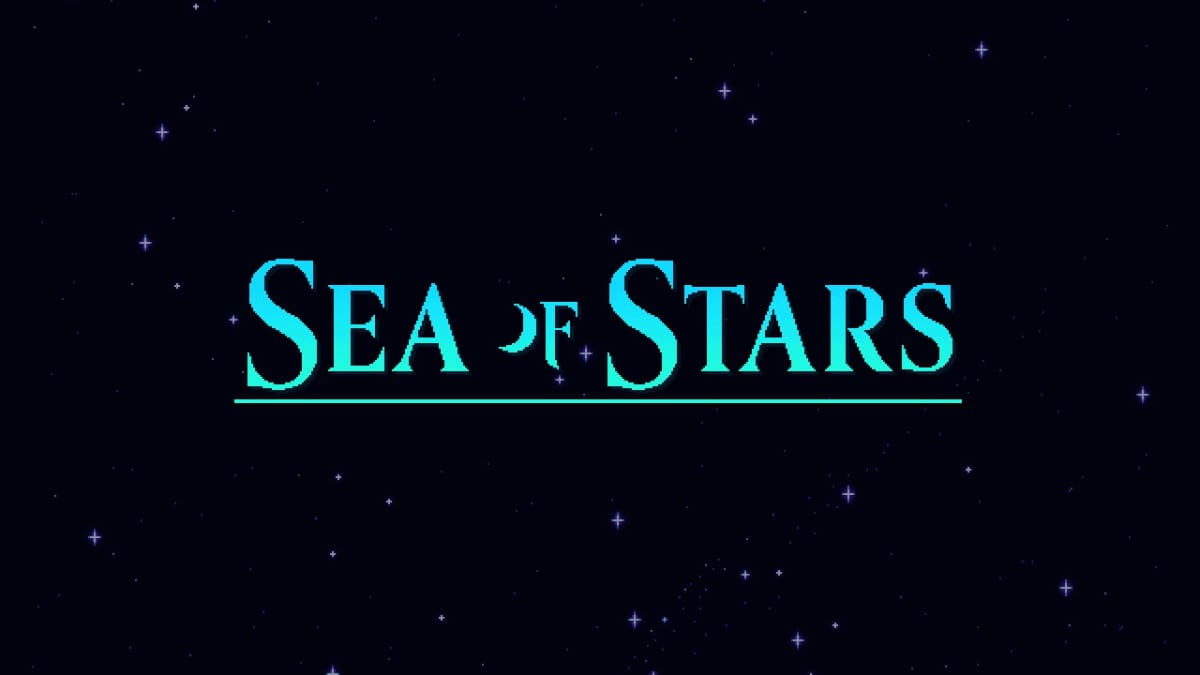Pluteus Larva Encyclopedia MDPI
Por um escritor misterioso
Descrição
An echinoderm (/ɪˈkaɪnəˌdɜːrm, ˈɛkə-/) is any member of the phylum Echinodermata (/ɪˌkaɪnoʊˈdɜːrmətə/). The adults are recognisable by their (usually five-point) radial symmetry, and include starfish, brittle stars, sea urchins, sand dollars, and sea cucumbers, as well as the sea lilies or "stone lilies". Adult echinoderms are found on the sea bed at every ocean depth, from the intertidal zone to the abyssal zone. The phylum contains about 7,000 living species, making it the second-largest grouping of deuterostomes, after the chordates. Echinoderms are the largest entirely marine phylum. The first definitive echinoderms appeared near the start of the Cambrian. The echinoderms are important both ecologically and geologically. Ecologically, there are few other groupings so abundant in the biotic desert of the deep sea, as well as shallower oceans. Most echinoderms are able to reproduce asexually and regenerate tissue, organs, and limbs; in some cases, they can undergo complete regeneration from a single limb. Geologically, the value of echinoderms is in their ossified skeletons, which are major contributors to many limestone formations, and can provide valuable clues as to the geological environment. They were the most used species in regenerative research in the 19th and 20th centuries. Further, some scientists hold that the radiation of echinoderms was responsible for the Mesozoic Marine Revolution.

Pluteus Larva Encyclopedia MDPI
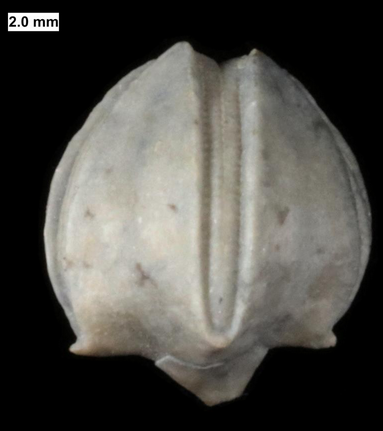
Pluteus Larva Encyclopedia MDPI
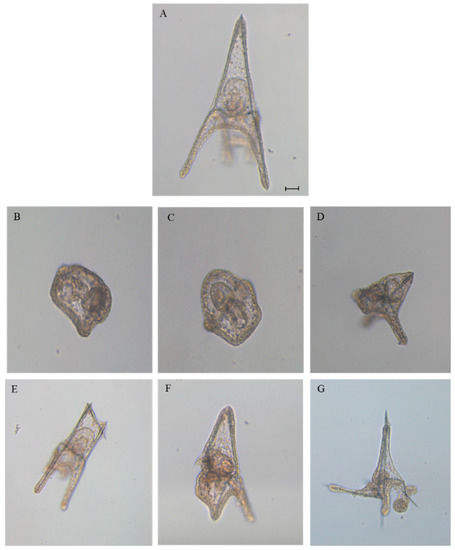
Marine Drugs, Free Full-Text
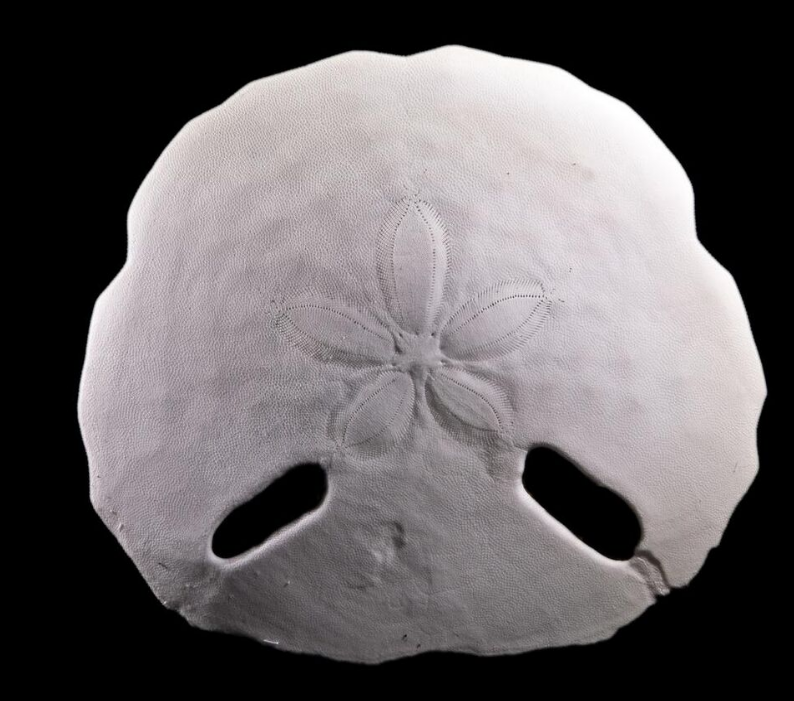
Sea Urchin Encyclopedia MDPI

JMSE, Free Full-Text

IJMS, Free Full-Text
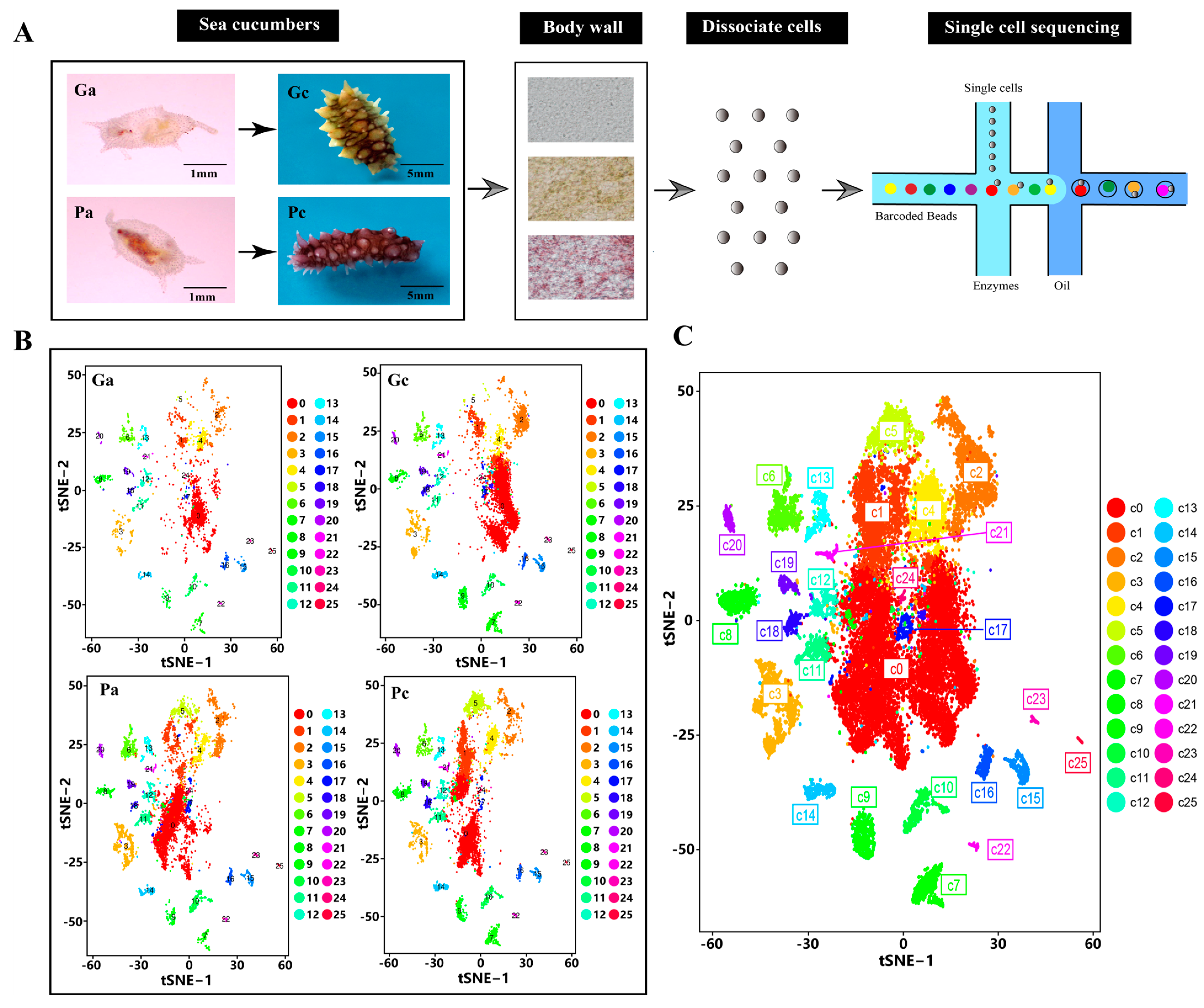
IJMS, Free Full-Text
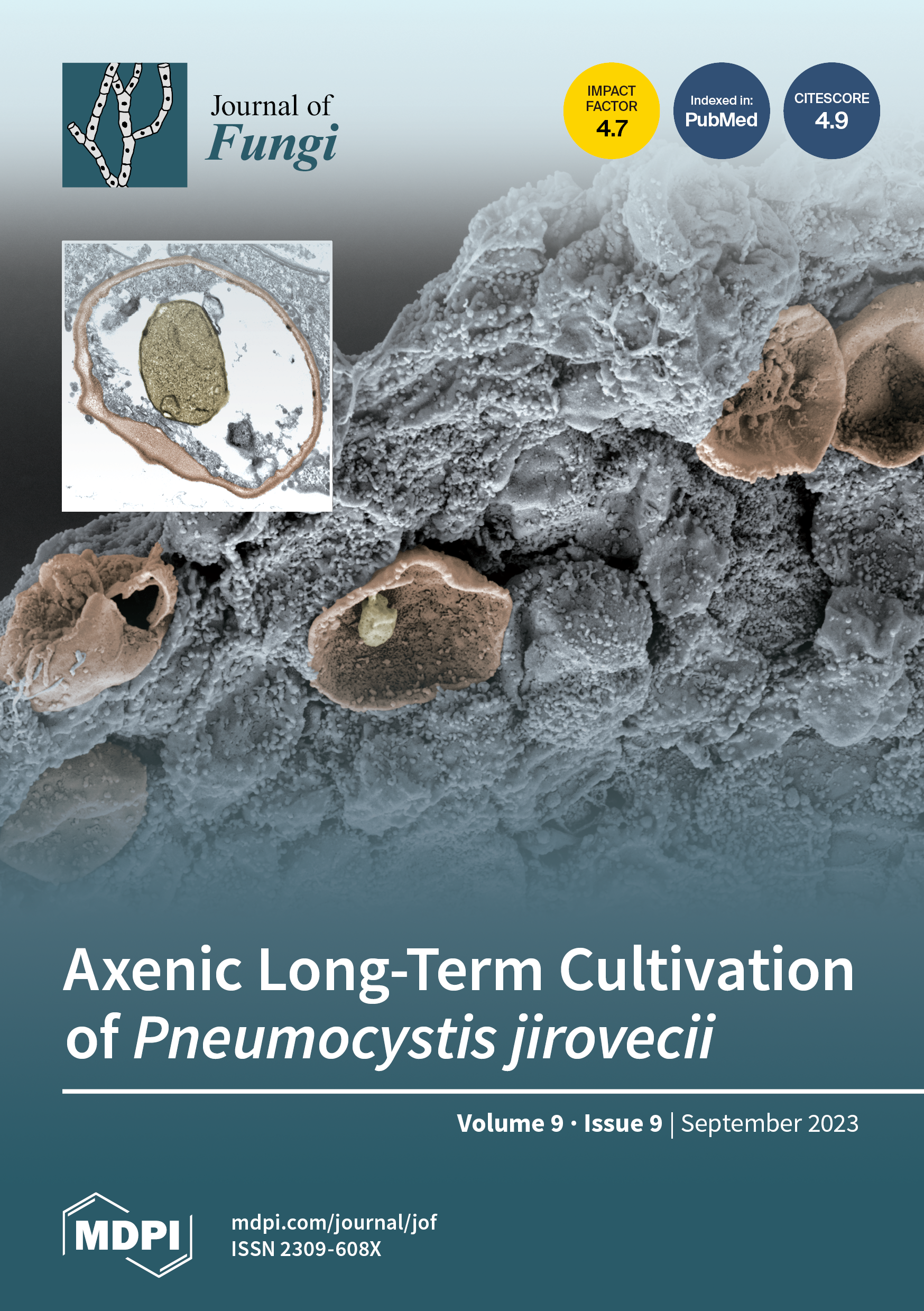
JoF September 2023 - Browse Articles
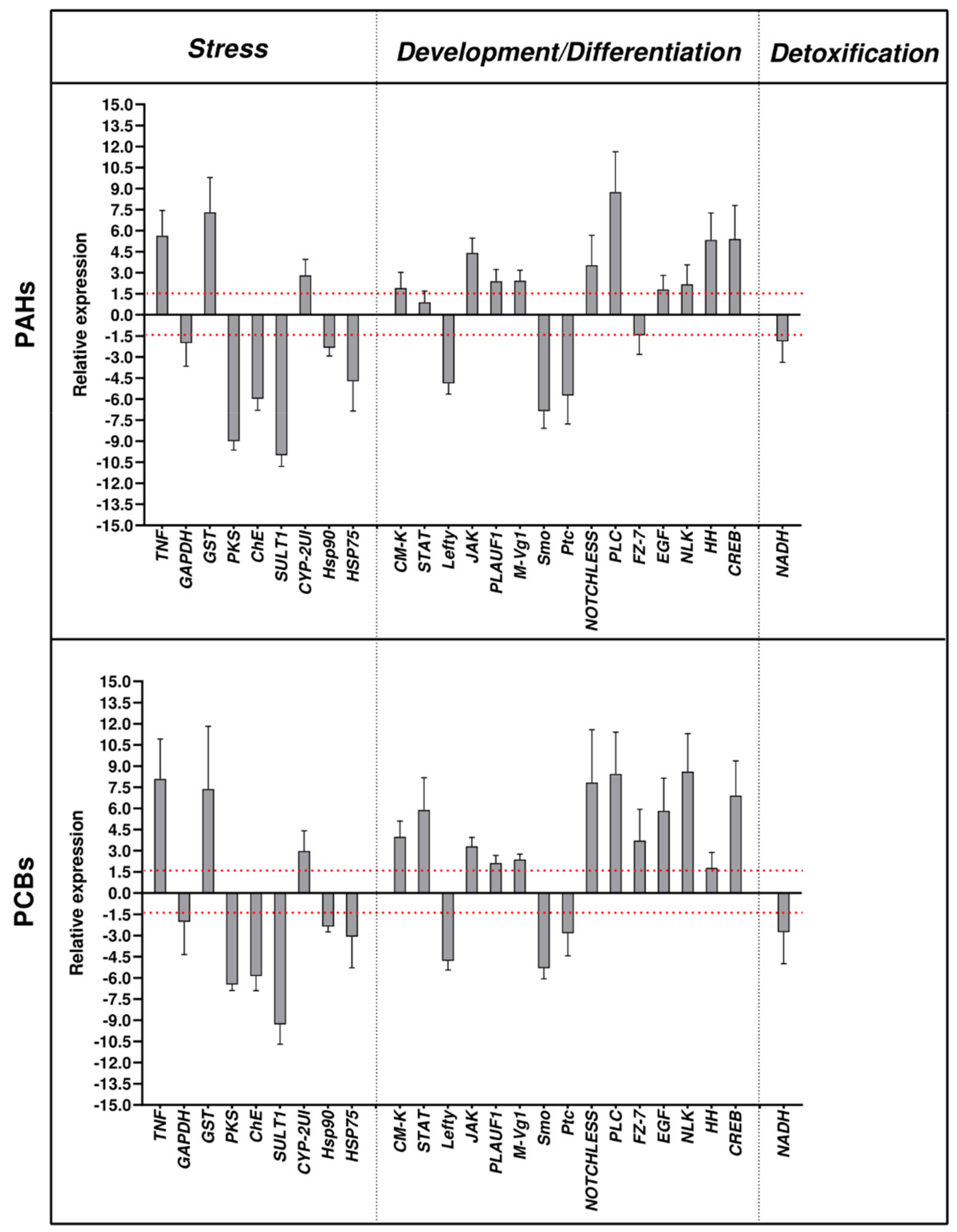
IJMS, Free Full-Text
de
por adulto (o preço varia de acordo com o tamanho do grupo)


